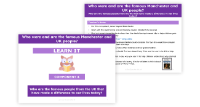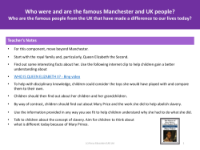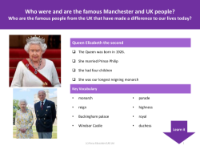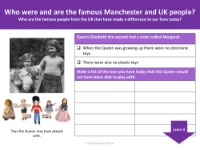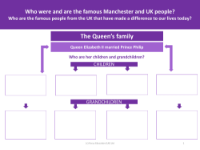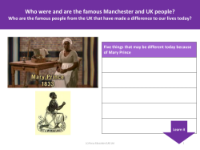Mary Prince - Info sheet
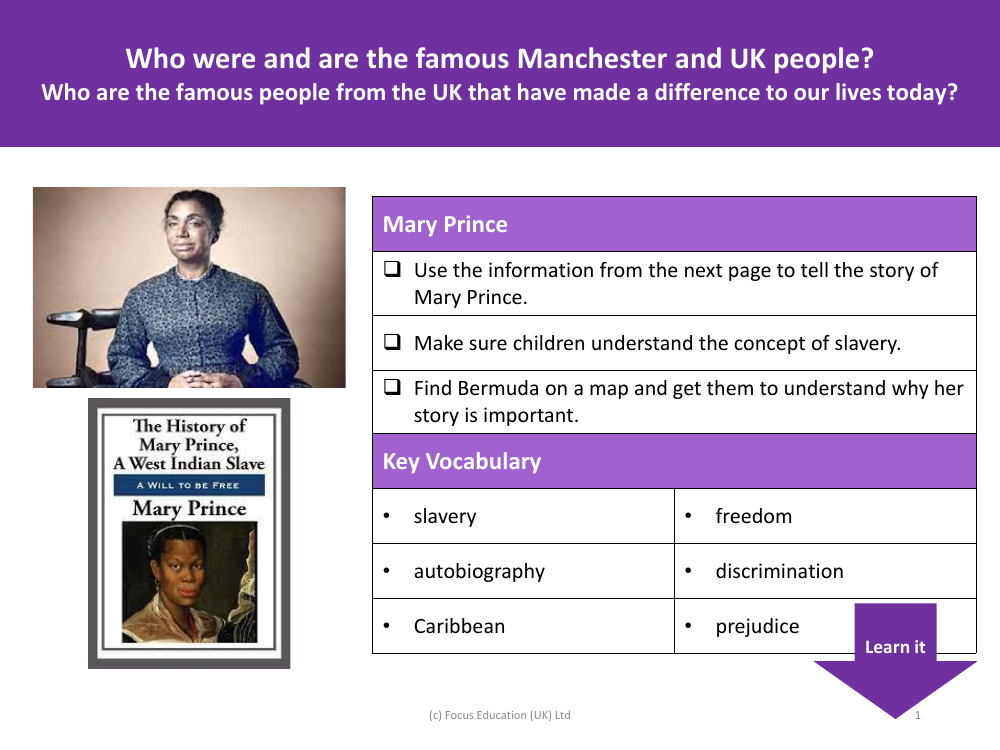
History Resource Description
Mary Prince's story is a powerful testament to the human spirit's resilience and the fight for freedom. Born into the cruel world of slavery in Bermuda, Mary's life was one of hardship and injustice from the very beginning. Despite the oppressive conditions, she managed to learn to read and write, a rare and valuable skill for an enslaved person. Her life took a dramatic turn in 1826 when she married a free man. This act of personal autonomy was met with brutal punishment by her owners. In 1828, Mary accompanied her owners to England, and it was there that she seized the opportunity to escape, as slavery was illegal on British soil. Although now free, she faced the heart-wrenching reality that she could not return to her husband in Bermuda.
Undeterred by her personal struggles, Mary Prince became a fierce advocate for the abolition of slavery throughout the British Empire. She bravely shared her experiences by writing and publishing her autobiography in 1831, titled 'The History of Mary Prince, an enslaved West Indian, Related by Herself'. Her vivid account brought the horrors of slavery to the forefront of public consciousness in Britain. Mary's contributions as an abolitionist and writer were groundbreaking; she was the first black woman to have her life story published in Britain. Her efforts played a crucial role in the fight against slavery and discrimination, and her legacy continues to inspire the ongoing battle against prejudice and the pursuit of equality. Locating Bermuda on a map and understanding Mary Prince's significance helps children grasp the concept of slavery and the importance of individuals like Mary in the movement towards freedom and justice.
